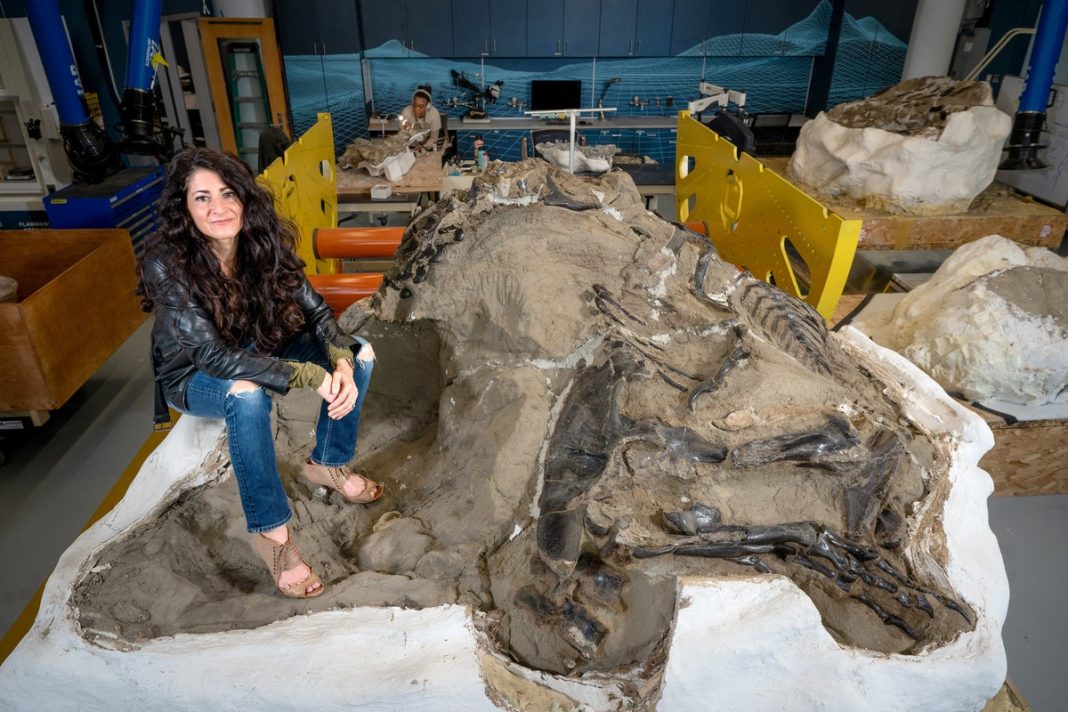Key Takeaways
- A complete dinosaur skeleton discovered in Montana provides evidence that mysterious small skulls previously thought to be juvenile T. rex belong to a separate species
- The newly identified species, Nanotyrannus lancensis, was an adult dinosaur about half the size of a full-grown T. rex
- While the findings challenge decades of research, some scientists remain unconvinced and say the debate continues
New Discovery Rewrites T. Rex Family History
A groundbreaking discovery has resolved a paleontological mystery dating back to the 1940s, challenging long-held beliefs about Tyrannosaurus rex evolution. Researchers have identified a complete dinosaur skeleton as evidence that mysterious small skulls previously classified as juvenile T. rex actually belong to a separate species called Nanotyrannus lancensis.
The Evidence That Changed Everything
The breakthrough came from analysis of a complete skeleton first uncovered in 2006 in Montana’s Hell Creek Formation. Growth rings within the bones revealed the dinosaur was an adult approximately half the size of a fully-grown T. rex. Detailed comparisons showed significant differences in bone structure, nerve patterns, and sinuses that couldn’t be explained by normal growth processes.
Study co-author Lindsay Zanno from the North Carolina Museum of Natural Sciences stated the discovery “rewrites decades of research on Earth’s most famous predator.”
Scientific Community Response
While the evidence is compelling, the paleontology community remains divided. Holly Woodward, a fossil bone expert from Oklahoma State University not involved in the study, acknowledged there’s now “more support and evidence than there ever has been” for Nanotyrannus, but remains unconvinced about other mystery specimens like the “Jane” skeleton.
Vertebrate paleontologist Thomas Carr of Carthage College suggested the new skeleton could represent a sister species to T. rex rather than a distant relative. “I don’t think this study settles everything,” he cautioned, noting similarities in skull shape between T. rex and the mystery specimens.
Broader Implications
Resolving this case of mistaken identity is crucial for understanding T. rex development and the Late Cretaceous ecosystem. The discovery raises important questions about whether T. rex was the sole dominant predator 67 million years ago or shared its territory with a smaller but equally formidable hunter.
The newly analyzed skeleton, nicknamed “Dueling Dinosaurs” because it was found intertwined with a Triceratops, is currently on display at the North Carolina Museum of Natural Sciences.





